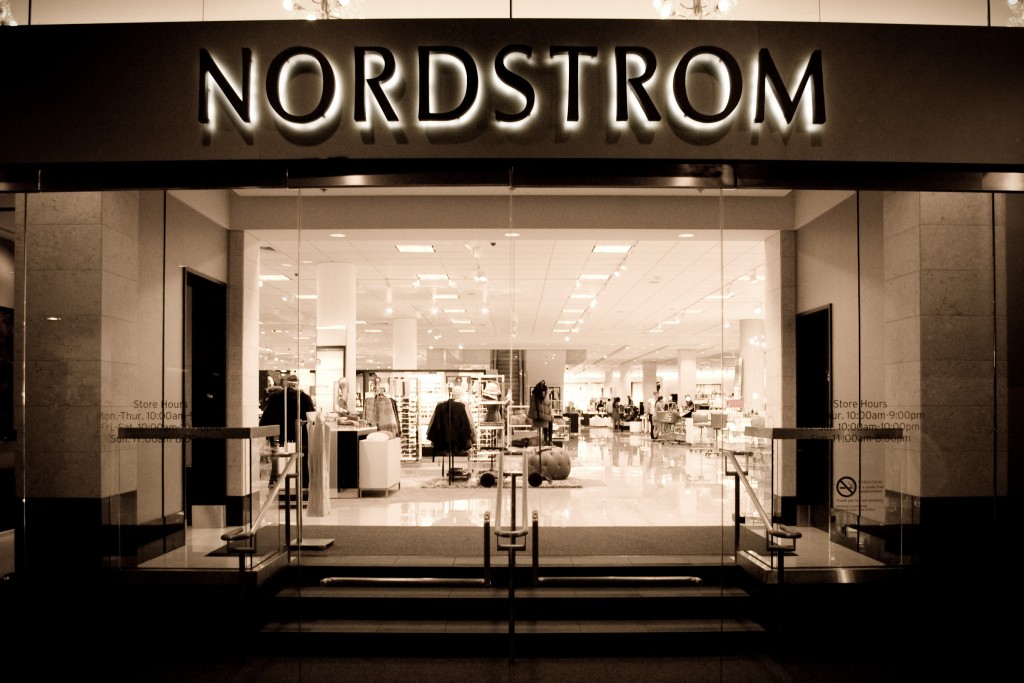From Bricks to Clicks
There is a huge competition amongst e-tailers and retailers to win customers by providing good customer service and quick delivery. Furthermore, all of this at a low cost.
With the changing customer habits, supply chain landscape is also changing. Most of the customers are switching to online shopping – even in the developing countries consumers are demanding this change.
Businesses are adopting omni-channel strategies where they offer facilities like ‘order online pay at store’, ‘order online pick-up in store’ etc. The trend is to be present in all channels that lead to customers and offer the product assortment online.
But what happens to inventory in stores because of such a wide customer reach? Should the inventory be increased at Distribution Centers, Warehouses or Retail Store to keep with high customer demand coming from online channels? Here comes the concept of DROP SHIPPING!
Drop shipping is an arrangement between a company/retailer and its suppliers by which an order placed by a customer is routed to the supplier/manufacturer to deliver the item directly from their warehouse to the customer. Some benefits are stated below –
- Low Overhead costs – No or minimal requirement to purchase inventory or keep a warehouse
- Wide Product Selection – If suppliers have it you can sell it!
- Easy scaling up of business – increasing customer orders is a pain generally borne by suppliers / manufacturers as they are the ones to supply the product. However, business has increased responsibility to provide customer service to a larger customer base
Story of Nordstrom – The quarterly profit for Nordstrom fell from $128 million a year ago to $46 million – a whopping 64%. The fall attributed to lower sales and high markdowns. Most of the sales lost are in physical store locations – which is attributed customers now more inclined to online shopping than going to shopping malls for actual purchases. In fact, the online sales for Nordstrom increased 3.1%. The retailers inventory also increased by 12% as a result of customers not clearing shelves – less mall traffic, more options available online etc. Nordstrom is competing with e-tailers like Amazon by offering more generous free shipping for online orders, order online and pick-up at store and other services. But all this comes at a cost. Boosting online sales has cut the profits by 17% and increased expenses by 10% for year ending in January. The expenses include more inventory for larger online customer base, more cost of online returns (including shipping costs). As an effort for better inventory management and control cost Nordstrom has acquired minority stake in Supply Chain Software firm DS Co. The company acts like a link between the software system used by suppliers and retailers to track inventory and orders. By bringing supplier and retailer inventory information on same page it will become easy to ensure products are in stock and can be shipped on time without overstocking thus controlling inventory holding costs. DS Co. will provide the service to route customer orders, placed online, to manufacturer who will then ship the item to the customer. Having manufacturer hold the inventory and do shipping will control inventory costs and will allow to Nordstrom to have expand product offerings at the same time. DS Co. will use the investment by Nordstrom to expand its technology team and develop more data analysis capabilities. Suppliers will benefit by better visibility in its demand chain and thus will be better prepared of unexpected surges in downstream demand. Such a step by retailers like Nordstrom keeps the marketplace competitive where all the partners from suppliers to customers benefit. Read the full article – http://www.wsj.com/articles/nordstrom-buys-stake-in-software-firm-1467970381


Leave a Reply